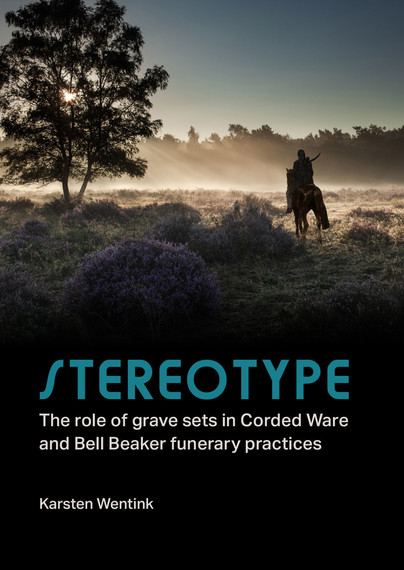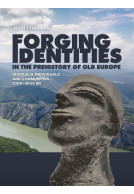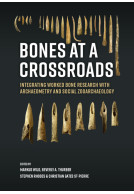Google Books previews are unavailable because you have chosen to turn off third party cookies for enhanced content. Visit our cookies page to review your cookie settings.
Stereotype (Paperback)
The Role of Grave Sets in Corded Ware and Bell Beaker Funerary Practices
Imprint: Sidestone Press
Pages: 296
Illustrations: 67fc/30bw
ISBN: 9789088909382
Published: 15th July 2020
Script Academic
Pages: 296
Illustrations: 67fc/30bw
ISBN: 9789088909382
Published: 15th July 2020
Script Academic
Please note this book may be printed for your order so despatch times may be slightly longer than usual.
You'll be £45.00 closer to your next £10.00 credit when you purchase Stereotype. What's this?
+£4.99 UK Delivery or free UK delivery if order is over £40
(click here for international delivery rates)
Order within the next 1 hour to get your order processed the next working day!
Need a currency converter? Check XE.com for live rates
(click here for international delivery rates)
Order within the next 1 hour to get your order processed the next working day!
Need a currency converter? Check XE.com for live rates
Throughout northern Europe, thousands of burial mounds were erected in the third millennium BCE. Starting in the Corded Ware culture, individual people were being buried underneath these mounds, often equipped with an almost rigid set of grave goods. This practice continued in the second half of the third millennium BCE with the start of the Bell Beaker phenomenon. In large parts of Europe, a ‘typical’ set of objects was placed in graves, known as the ‘Bell Beaker package’. This book focusses on the significance and meaning of these Late Neolithic graves. Why were people buried in a seemingly standardized manner, what did this signify and what does this reveal about these individuals, their role in society, their cultural identity and the people that buried them? By performing in-depth analyses of all the individual grave goods from Dutch graves, which includes use-wear analysis and experiments, the biography of grave goods is explored. How were they made, used and discarded? Subsequently the nature of these graves themselves are explored as contexts of deposition, and how these are part of a much wider ‘sacrificial landscape’. A novel and comprehensive interpretation is presented that shows how the objects from graves were connected with travel, drinking ceremonies and maintaining long-distance relationships.
Other titles in Sidestone Press...















